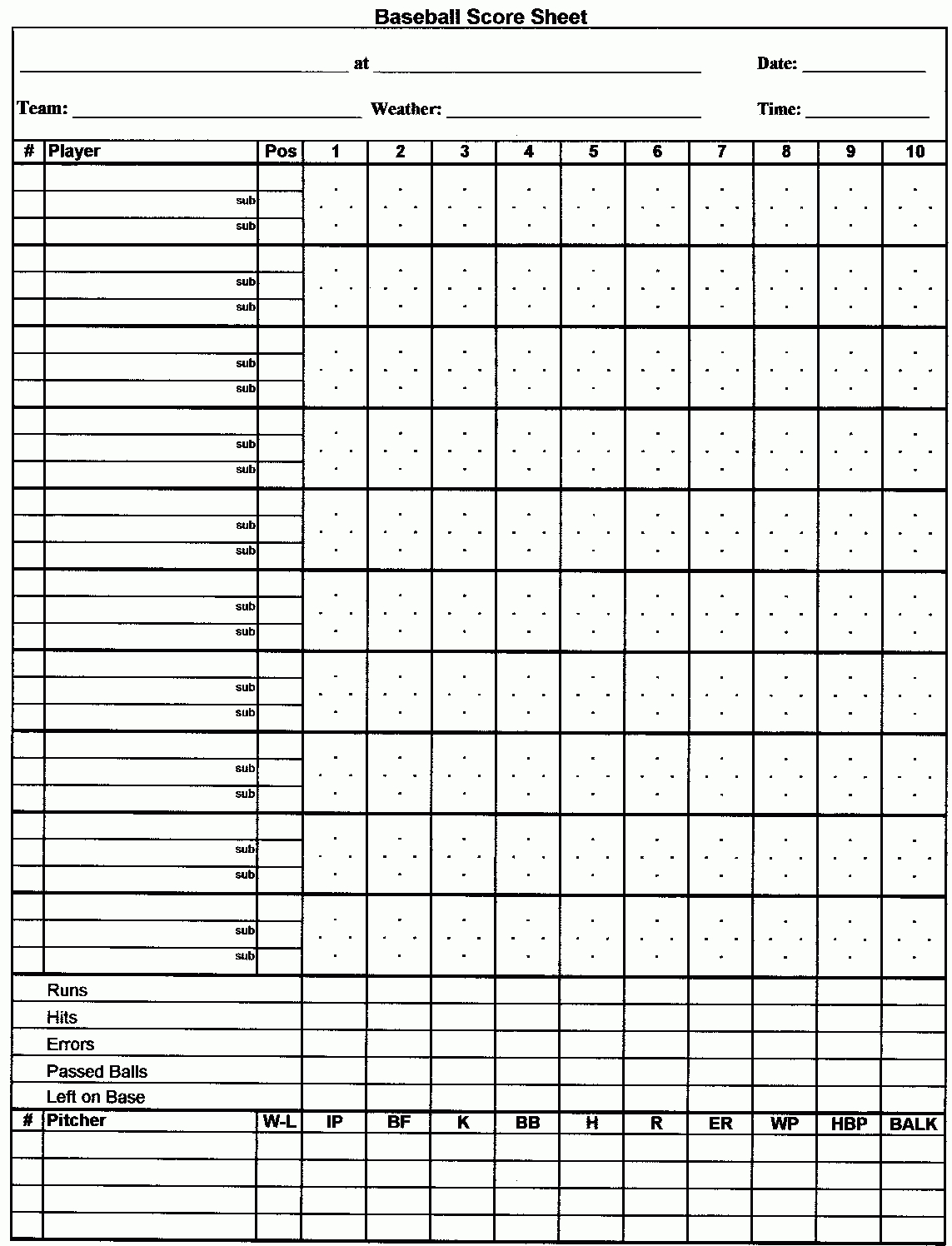



For example, E7 means that the left fielder either dropped the ball or threw it over a player’s head. Place your E next to the player that caused the hitter to reach the next base. Errors refer to mistakes that a player makes which result in an opposing player safely reaching a base when they normally wouldn’t have. Mark errors with an E to show when a player screwed up. The pitcher went to go cover first base and then caught the throw from the shortstop for the final out. This means that the defense scored a double play when the first baseman fielded the ball and threw it to the shortstop. A more complicated play may read DP3-6-1.If the first baseman caught a ground ball and touched first base for the out, you would write GO3. For example, if a player flies out to left field, you would simply write F7 in the diamond (or next to it) to indicate that the batter flied out and the left fielder caught the ball.Some scorekeepers also use PO for pop out. The abbreviations for outs are F, LO, or GO these stand for flyout, line out, or ground out.The abbreviations for hits are 1B, 2B, 3B, and HR these abbreviations stand for single, double, triple, and home run.Put the type of play in front of the numbers. If they were thrown out, grounded out, or flew out, list each player that touched the ball and separate them by hyphens. If they get a hit, write the abbreviation for the base that they reached after making contact. You can write the outcome in the middle of the diamond or in some open space next to the diamond. Write the outcome of an at-bat in each box. The box all the way at the end of the row would indicate the first batter’s at-bat in the last inning of the game. For example, the box in the top left indicates the first batter’s at-bat in the first inning.They can also be used for extra innings if the game is tied at the end. There are usually 2-3 extra columns for this purpose. If your team bats around the lineup, cross out the innings at the top and re-label them.This means that you won’t use every single box on a scorecard unless your team has 9 at-bats every single inning. You work left to right to indicate when things happen in the game. You work from the top to the bottom to indicate which batter is hitting.Every time that your team comes up to bat in a new inning, you’ll move to the next column to indicate that it is a new inning.

These represent the total number of innings in a game of baseball. You will see the numbers 1-9 listed above each column. Look at the row above the diamonds that are printed all over the page. Some scorekeepers use this row to take notes. There is often an extra row at the bottom for a tenth player in case your team uses a pinch hitter or your screw up on a row.The “Pos” column on the right is shorthand for “position” so that you can enter the player’s fielding position. There is usually a column on the left of a player’s name for their jersey number.There are some scorecards that are double-sided so that you can track both teams on one sheet. If you want to score both teams, use 2 separate cards. You only track 1 team’s performance on a single scorecard.If you’re scoring little league games where there are lots of substitutions, find a scorecard with 3 or 4 lines per player.If you don’t know the player’s names, you can use their jersey numbers instead. Each row has an extra line underneath it in case a player is replaced mid-game. The column on the left labeled “player” is where you will list the batting lineup, with the first batter at the top and the ninth batter at the bottom. Use an offical roster to fill in the batting lineup on the left.


 0 kommentar(er)
0 kommentar(er)
